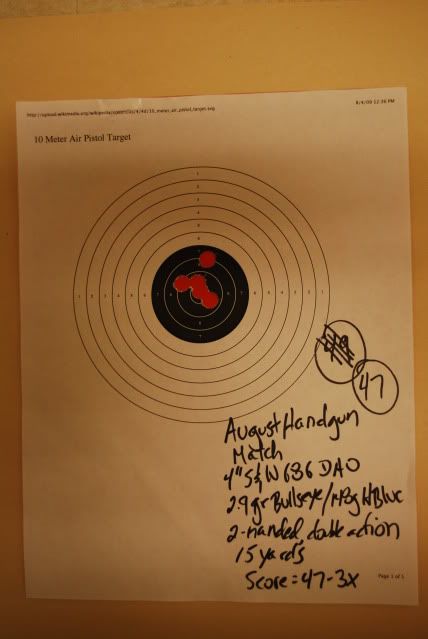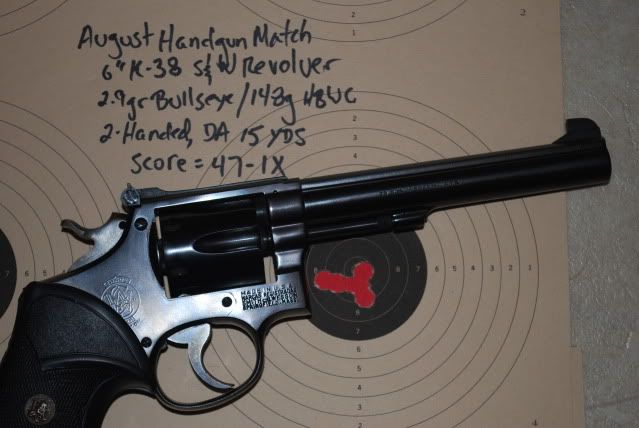As others have said, in theory the longer bullet jump shooting .38s in a .357 chamber should mean they are less accurate than when shot in a .38SPL chamber.
Reality proves that they
may be less accurate, but often aren't. It is a matter of the ammo, and the individual gun it is fired out of. Comparing the accuracy of a .357 revolver with a .38 revolver does not adress the issue, as the two different guns are, well...two different guns!
To see if there is any significant difference in your gun, fire the load using both .38 and .357 brass. In the same chambers, you can tell if your gun prefers one or the other. Most don't seem to care. But there are some that will show a better group with one case length over the other. Testing is the only way to know.
...which brings up the meaninglessness of the "rare" .38 Special Pythons.
The .38 Spl Pythons are target guns. I have a friend who has one. Very nice gun, built for the best shooting .38 it could be. If you are a paper puncher, and love the Python, having a magnum get you nothing. Again, the theory says a .38 Python should be more accurate than shooting .38s in a .357 Python. I don't think it actually worked out that way, though. Probably why .38 Pythons are rare. Not much demand. Wouldn't call them "meaningless", though. Not any more meaningless than a S&W model 52, or any other gun set up for target use, excusively. They don't all have to be duty sidearm capable, you know. Some are just for fun.


